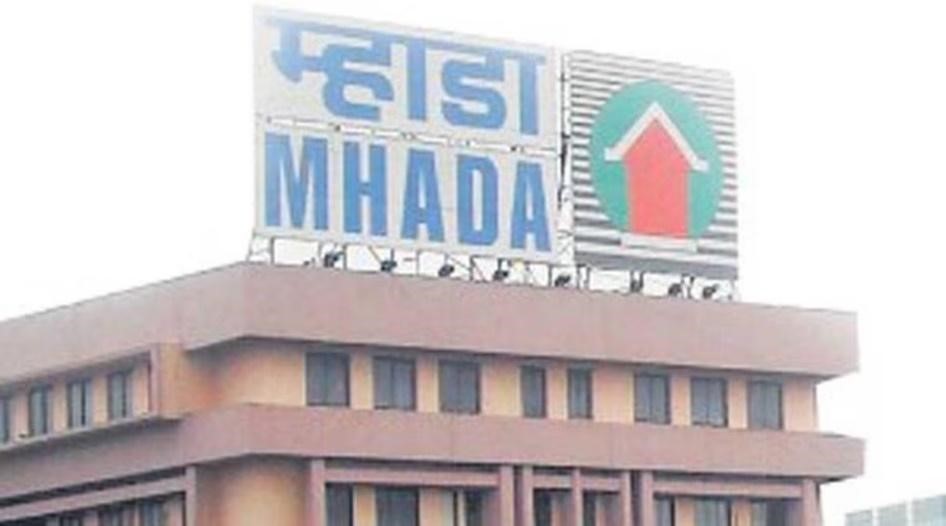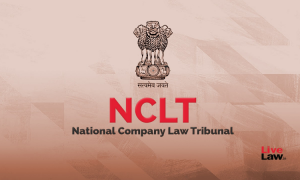In a major push towards urban renewal, the Maharashtra government has officially cleared the redevelopment of two significant MHADA housing colonies—one at Bandra Reclamation and the other at Adarsh Nagar in Worli. This transformative move aims to replace ageing, dilapidated structures with modern housing, offering a new lease of life to thousands of residents while unlocking prime real estate in two of Mumbai’s most sought-after locations.
Also Read:- Assam State Housing Board 2025: Affordable Flats – Housiey
What’s Being Redeveloped?
- Bandra Reclamation:
Located on the same road as Lilavati Hospital, this site includes 52 buildings spread across 2,12,042 sq. m, comprising 1,688 flats ranging between 322 to 825 sq. ft.
-
-
Redevelopment Outcome:
-
-
-
- Residents: 5,04,515 sq. m of additional built-up area
- MHADA: 1,00,190 sq. m of new housing stock
-
- Adarsh Nagar, Worli:
Tucked behind the Worli Fire Station on Annie Besant Road, this colony consists of 58 buildings covering 68,034 sq. m, with 863 flats ranging from 270 to 860 sq. ft.-
Redevelopment Outcome:
- Residents: 89,557 sq. m of additional built-up area
- MHADA: 14,632 sq. m of housing stock
-
What Does the Redevelopment Involve?
According to the government resolution (GR) issued on Friday:
- A single developer will be appointed through a tender process for each site.
- Redevelopment will proceed once 51% of residents in each colony provide consent.
- The developer will be responsible for providing:
-
- Alternative accommodation
- Rent during construction
- Corpus fund
- Basic amenities for all residents
Also Read:- Ujjain Smart City in Madya Pradesh 2025 – Housiey
FSI of 4 Approved – A Game-Changer
Both projects have been granted a generous Floor Space Index (FSI) of 4, making the redevelopment financially viable and attractive for private developers. Out of this:
- 1 FSI will be used to create new housing stock for MHADA, ensuring the government retains a share of affordable housing inventory.
Why Is This Important?
The original buildings were constructed between 1950 and 1960, during a period when MHADA built over 56,000 homes in Mumbai for middle- and lower-income groups. After decades of wear and tear, many of these structures are now considered structurally unsafe, prompting growing calls from residents for redevelopment.
A senior housing department official highlighted that redevelopment is progressing faster for buildings along main roads, while those in inner lanes remain neglected. The new integrated redevelopment model aims to correct this imbalance by discouraging piecemeal approvals for individual buildings.
Key Regulatory Framework
The projects will fall under Development Control Regulation 33(5), which specifically governs the redevelopment of MHADA layouts. The regulation incentivizes redevelopment by permitting increased FSI, especially for economically weaker sections (EWS), low-income group (LIG), and middle-income group (MIG) beneficiaries.
Existing Societies: What Happens Now?
- Excluded: Any cooperative housing society within these colonies that already received individual redevelopment approval will be excluded.
- No New Permissions: The state will no longer grant permissions for standalone redevelopment within these two colonies.
- Fund Transfers: Existing sinking and corpus funds of societies will be distributed among members.
- New Funds: Once new cooperative societies are formed post-redevelopment, the developer must deposit a matching amount (based on carpet area) for new sinking and corpus funds. MHADA will regulate this process.
Who Will Oversee the Project?
A high-powered committee will supervise the entire redevelopment process, comprising:
- Additional Chief Secretary (Housing) – Chairperson
- CEO of MHADA
- Additional Commissioner of BMC
- Joint Secretary from the Housing Department
- Chief Officer of MHADA – Member Secretary
Conclusion
The redevelopment of MHADA’s Bandra and Worli colonies marks a significant milestone in Mumbai’s urban transformation journey. For thousands of residents, it means safer homes, better infrastructure, and an improved lifestyle. For the city, it offers a chance to rejuvenate ageing localities while preserving affordable housing stock. With government oversight and a streamlined process, these mega-projects could well set a precedent for future urban renewal initiatives.






